Maintaining a sanitary food production line requires additional design considerations to remain compliant. New regulations like the Food Safety Modernization Act aim to prevent - rather than respond - to foodborne illnesses.
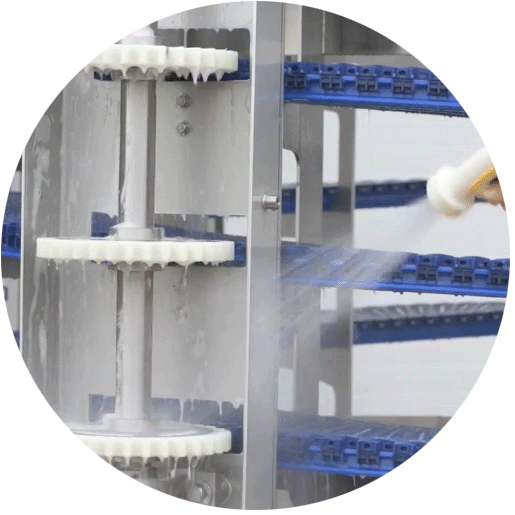 In the U.S. there are roughly 48 million people who get sick from food products every year, creating a significant public health concern. For producers, the focus should be to take all preventative measures to reduce the risks of microbial growth and food contamination during the manufacturing process.
In the U.S. there are roughly 48 million people who get sick from food products every year, creating a significant public health concern. For producers, the focus should be to take all preventative measures to reduce the risks of microbial growth and food contamination during the manufacturing process.
A sanitary spiral conveyor design incorporates features that improve its cleanability. Here are four sanitary design criteria to consider if you want a safe, hygienic, and easy-to-clean spiral conveyor.
4 Design Elements That Make a Spiral Conveyor Truly Sanitary
Some applications may not warrant a sanitary spiral conveyor design, but if your products are traveling directly on the belt, you’ll need to take the necessary steps to ensure you can properly clean the system.
A typical sanitation regimen for a food spiral conveyor will normally include:
- Pre-rinse - Running the conveyor at a moderate speed during high-pressure water washdowns to remove the bulk of any soil remaining on the belt
- Chemical-dosing - Applying a chemical or foaming agent that helps to sanitize the belt and disinfect the spiral conveyor of any foodborne pathogens that may be present
- Post-rinse - Removing all the foam or chemical agents using high-pressure warm water to finalize the sanitation process
- Pathogen-sampling - Collecting swabs from the line for testing and validation that all bacterial growths have been removed
In some applications, there may be more steps required like removing some of the components if there are any risks of pathogens remaining. The design of the conveyor will determine how effective a sanitation process will be. Below are four design elements that make a SideDrive spiral conveyor the most hygienic solution available on the market.
 Belts
Belts
A plastic, modular plastic belt allows for better cleanability but also removes the need for lubrication during normal operation. This eliminates the risk of metal shavings, oils, or other materials contaminating the line.
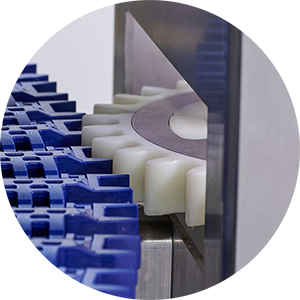
 Drives
Drives
Both the drive location and housing will impact the efficacy of the sanitation regime. Drives should be accessible for sanitation teams while the sprockets and external components withstand high-pressure water washdowns.
 Finish
Finish
At the very least, the surface finish should be high-quality 2B stainless steel. In some applications, a higher-grade surface finish may be required and could be provided.
 Welds
Welds
High-quality Tungsten Inert Gas (TIG) welds are common in the industry, but they could also be ground and polished for additional safety factor. The smoother the quality of the welds, the less risk of pathogen build-up and microbial growth.
Increase Efficiency and Reduce Downtimes with a SideDrive Conveyor Spiral
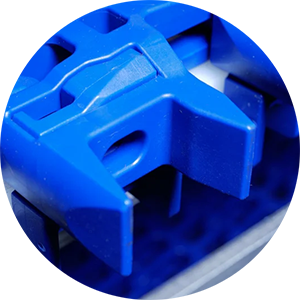 The key to any sanitary spiral conveyor design is to reduce the number of harbor areas throughout the system, making it designed for cleanability. SideDrive Conveyor provides a solution that allows for easy access to all components and sections of the conveyor while using stand-offs and high-quality stainless steel frames to eliminate the risks of standing water leading to contamination.
The key to any sanitary spiral conveyor design is to reduce the number of harbor areas throughout the system, making it designed for cleanability. SideDrive Conveyor provides a solution that allows for easy access to all components and sections of the conveyor while using stand-offs and high-quality stainless steel frames to eliminate the risks of standing water leading to contamination.
The food-safe Intralox belting is easier to maintain and reduces the number of spoils that remain after every production run. With the IP-69-rated drives, plastic sprockets, and a wide variety of configurations available, you can trust that our edge-driven spiral conveyors are the most hygienic solution available today.
If you are looking for a truly sanitary spiral conveyor solution, speak to SideDrive Conveyor today.

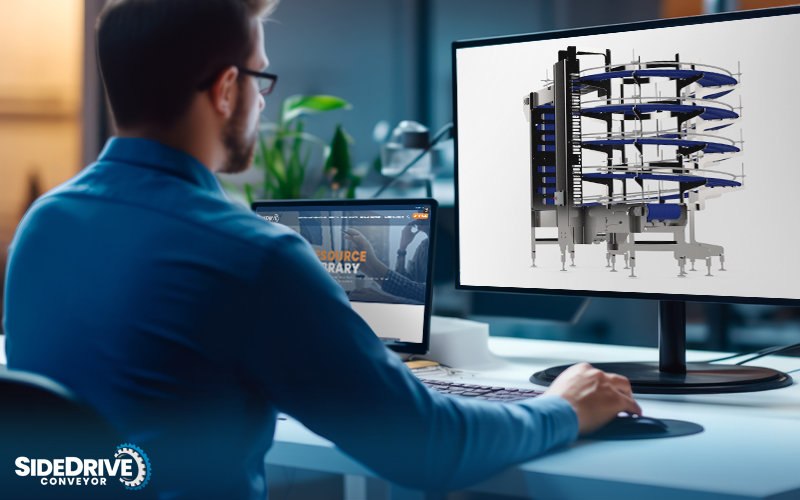
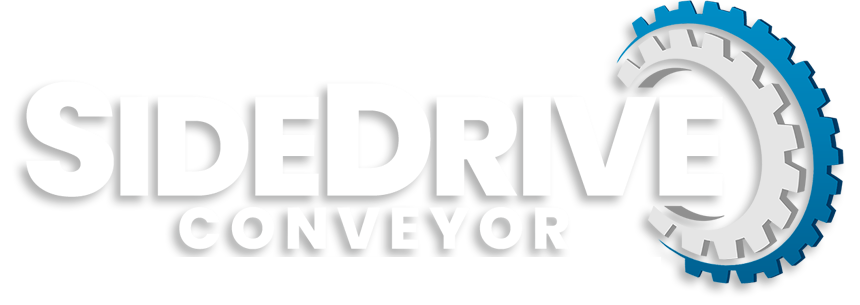

 In the U.S. there are
In the U.S. there are 
 The key to any
The key to any 